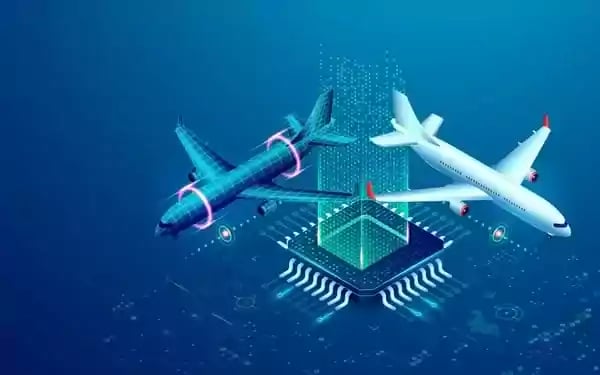More than half of an aircraft company’s business costs can be grouped into three categories: crew labor, fuel, and maintenance costs. Recent developments in technology have advanced progress in all three of these categories, but maintenance is where the most drastic changes are occurring. Here are some changes to aircraft maintenance to expect in 2022.
Expect a Labor Shortage
In recent years, the aviation industry has experienced unprecedented growth. While growth in an industry may seem like a blessing, it does come with its own challenges. The supply of skilled labor necessary to perform day-to-day maintenance tasks hasn’t developed as quickly as the demand for it.
As such, a temporary imbalance between supply and demand has formed, and until that imbalance is fully addressed, labor will be harder to find. Where labor is found, it will come at a higher price than what most airlines are typically used to paying.
To further stress matters, aviation maintenance technology has grown increasingly complex. This puts an even greater strain on maintenance, as the qualifications and skills necessary to ensure that a plane is ready for takeoff are more demanding than ever before. And, since aviation technology doesn’t show any signs of slowing down, this trend should only be expected to continue.
Another challenge is that during the pandemic, many talents left the industry, transitioned to cargo carriers or retired. They will be hard, if not impossible, to win back. Younger generations consider aviation as an unstable field of work now and harder to attract. Legalising marijuana in some states has made the pool of candidates even smaller due to FAA drug and alcohol testing. Inability to find skilful people and lost knowledge is a big limiting factor in the recovery of the aviation industry after challenging pandemic times.
Currently, airlines should consider maximizing the output of whatever labor they have available to them. This means streamlining the maintenance process with tools such as MROTools.io to reduce the amount of downtime skilled maintenance workers face during workdays.
Cloud Solutions Taking Over
Not only are cloud systems a revolutionary technology in and of themselves, but they also enable the use of other recent technologies such as big data and artificial intelligence. Airlines currently not using cloud systems are already considered to be lagging behind the competition, and with the increasingly vital role that the cloud is expected to play in the future, adopting this technology should be a top priority for airlines across the globe.
Cloud systems allow big data and artificial intelligence to flourish in the aviation industry. These advanced programs require reams of data to function at their peak, which in turn encourages the use of data sharing systems. Some airlines shy away from data sharing in order to protect sensitive information, but as data-sharing technology becomes more secure and reliable, these concerns should become less impactful over time.
Predictive Maintenance
Predictive maintenance is the use of big data and artificial intelligence to streamline the aircraft maintenance process. This phenomenon isn’t brand-new, but it’s still young and has plenty of space to grow over the coming years. For example, EngineData.io, a data exchange platform specializing in predictive maintenance, uses live-time data to determine what kinds of aircraft tweaks and repairs need to be made. This is all done before the maintenance tasks themselves, eliminating waste when it comes to both time and money.
2022 is expected to be yet another eventful year for maintenance in the aviation industry, both in terms of challenges and opportunities. While the labor shortage may cause some issues, rapid advancements in technology (cloud systems and predictive maintenance in particular) may very well ease these concerns. The aviation industry will have to seize these technological opportunities in order to overcome the obstacles ahead.



 Andy Graham
Andy Graham
 If you are interested in knowing how you can improve your efficiency in maintenance operations, book a 30-minutes discovery call with us.
If you are interested in knowing how you can improve your efficiency in maintenance operations, book a 30-minutes discovery call with us.

